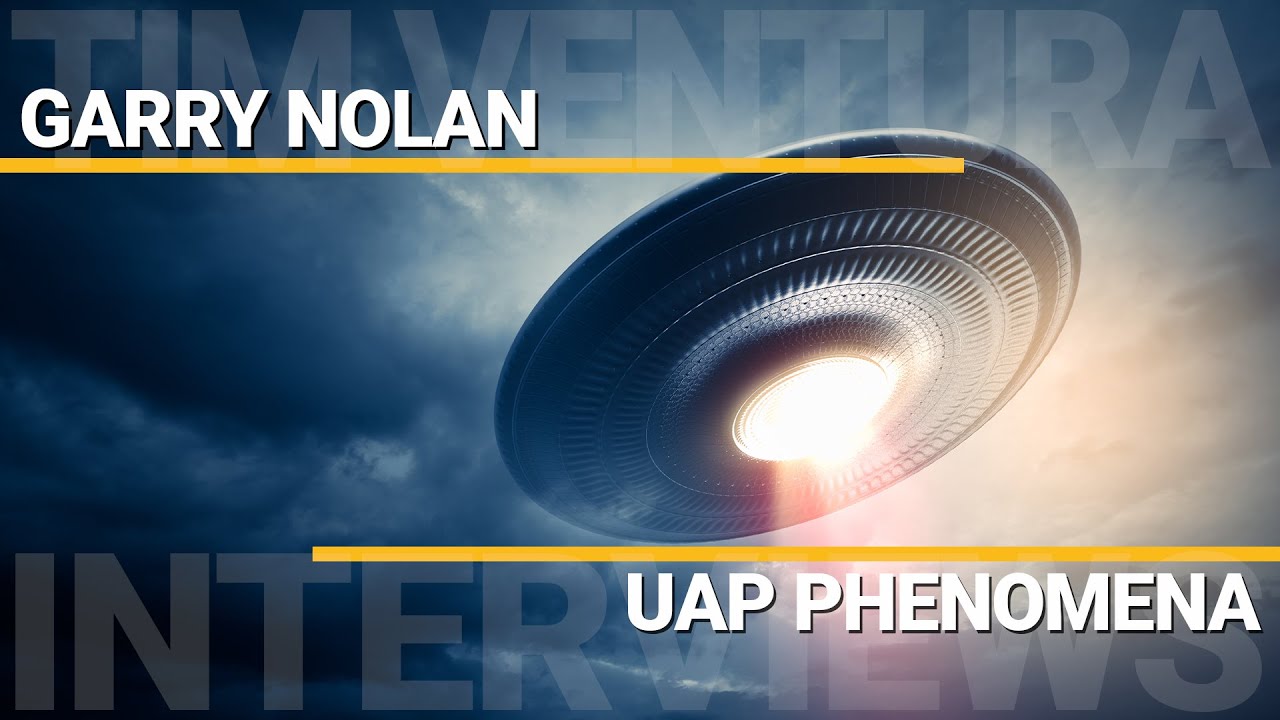UAP Disclosure Fund Hearing With Eric Davis
Dr. Eric Davis explores the enigmatic propulsion and materials science behind Unidentified Aerial Phenomena (UAP). Davis also speculated on warp drive technology, which requires negative energy density, and acknowledged the theoretical challenges of combining quantum mechanics and general relativity. The immense energy demands of observed UAP maneuvers, potentially exceeding the US’s total energy production, are highlighted, alongside the lack of detailed information due to high-level security clearances (TS/SCI).
The discussion also touches upon the diverse range of UAP sizes (from Tic Tac-sized to 600ft), potential teleportation of energy as a propulsion method, and the variety of reported extraterrestrial species piloting these craft (Grays, Nordics, reptilian/insect-like). The limitations of current research, hampered by secrecy and a lack of interdisciplinary collaboration, are emphasized.
The Propulsion Puzzle: Warp Drives and Beyond?
The podcast opened with a discussion on the seemingly impossible propulsion systems of UAP. One speaker speculated that UAP might utilize spacetime warping, a concept rooted in Einstein’s general relativity. However, this theory faces immediate challenges when considering the observed agility of UAP in both air and water – maneuvers that defy our current understanding of warp drive physics. (00:00:00-00:05:00)
Creating a functional warp bubble, the speaker explained, requires negative energy density – a concept seemingly straight out of science fiction. While seemingly fantastical, examples like the Casimir effect and squeezed light states offer glimpses into the possibility of manipulating quantum vacuum fluctuations to achieve this. (00:05:00-00:10:00)
However, a crucial caveat was raised: the unification of quantum mechanics and Einstein’s theory of gravity remains an unsolved problem in physics. Therefore, any speculation about UAP propulsion remains firmly in the realm of conjecture. One speaker suggested that government possession of UAP technology could potentially revolutionize our understanding of quantum gravity, offering a tantalizing glimpse into a future where such propulsion might be possible. (00:10:00-00:15:00)
The discussion further highlighted the limitations of current research programs. A lack of physicists, coupled with an over-reliance on engineers and material scientists, hinders progress. The highly classified nature of these programs also contributes to a lack of outside expertise and collaboration, creating an insular environment that stifles innovation. (00:15:00-00:20:00)
Energy Requirements: Astronomical Scales
The energy demands of UAP maneuvers are equally staggering. The Nimitz incident, for example, serves as a stark reminder of the immense energy required for the observed UAP movements. Estimates suggest that the energy consumption could be hundreds of times greater than the total electrical energy production of the United States – a figure consistent with the energy requirements of ultra-relativistic interstellar travel. (00:20:00-00:25:00)
The podcast speakers acknowledged the lack of access to detailed information regarding UAP energy sources, further fueling the mystery. Observed UAP sizes range dramatically, from the familiar “Tic Tac” shape to craft measuring 600 feet in length, adding another layer of complexity to the energy equation. (00:25:00-00:30:00)
Intriguingly, speculation arose regarding smaller UAP, potentially lacking conventional propulsion systems altogether. This theory draws inspiration from James Latcatski’s book (co-authored with Colm Kelleher and George Knapp), suggesting the possibility of energy teleportation from a remote location as a propulsion method. (00:30:00-00:35:00)
Materials Science: Beyond Our Comprehension?
The discussion then shifted to the materials science aspects of UAP. Questions arose about the potential for elements to exist in forms unknown to us, similar to the multiple forms of carbon. The speakers discussed the diverse range of elements and isotopes found in UAP materials, highlighting the lack of equivalent technology in our current arsenal. (00:35:00-00:40:00)
Security clearance restrictions (TS/SCI) severely limited the information available to the speakers, emphasizing the highly classified nature of this research. (00:40:00-00:45:00)
The Pilots: Who Are They?
Finally, the podcast touched upon the intriguing question of the beings piloting these advanced craft. The discussion mentioned multiple species, including Grays, Nordics, and entities resembling reptiles or insects, with sizes ranging from roughly human-scale (5-6 feet tall) to others of unknown dimensions. The mention of the Corona/Fro crash further highlighted the diversity of potential extraterrestrial encounters. (00:45:00-00:50:00) The involvement of international participants in these investigations was also noted. (00:50:00-00:55:00)
Conclusion: A Journey into the Unknown
The podcast offered a fascinating, albeit frustratingly incomplete, glimpse into the world of UAP technology. While many questions remain unanswered, the discussion highlighted the immense scientific and technological implications of these phenomena. The sheer scale of the energy requirements, the potential for revolutionary propulsion systems, and the possibility of encountering extraterrestrial life all contribute to the enduring allure and mystery surrounding UAP. Further research and a more open approach to this topic are crucial to unlocking the secrets these enigmatic objects hold.
Register For UFORev
Want to see more great UFO Reverse Engineering stories? Sign up for our mailing list to get exclusive access to captivating presentations, engaging events, and more!
RECENT POSTS
AARO Hearing With Jon Kosloski, Nov 19 2024
May 6, 2025
Congressional UFO Hearing with Lue Elizondo
May 4, 2025
Congressional UFO Hearing with David Grusch
May 3, 2025
UAP Phenomena: A Serious Look
May 2, 2025





